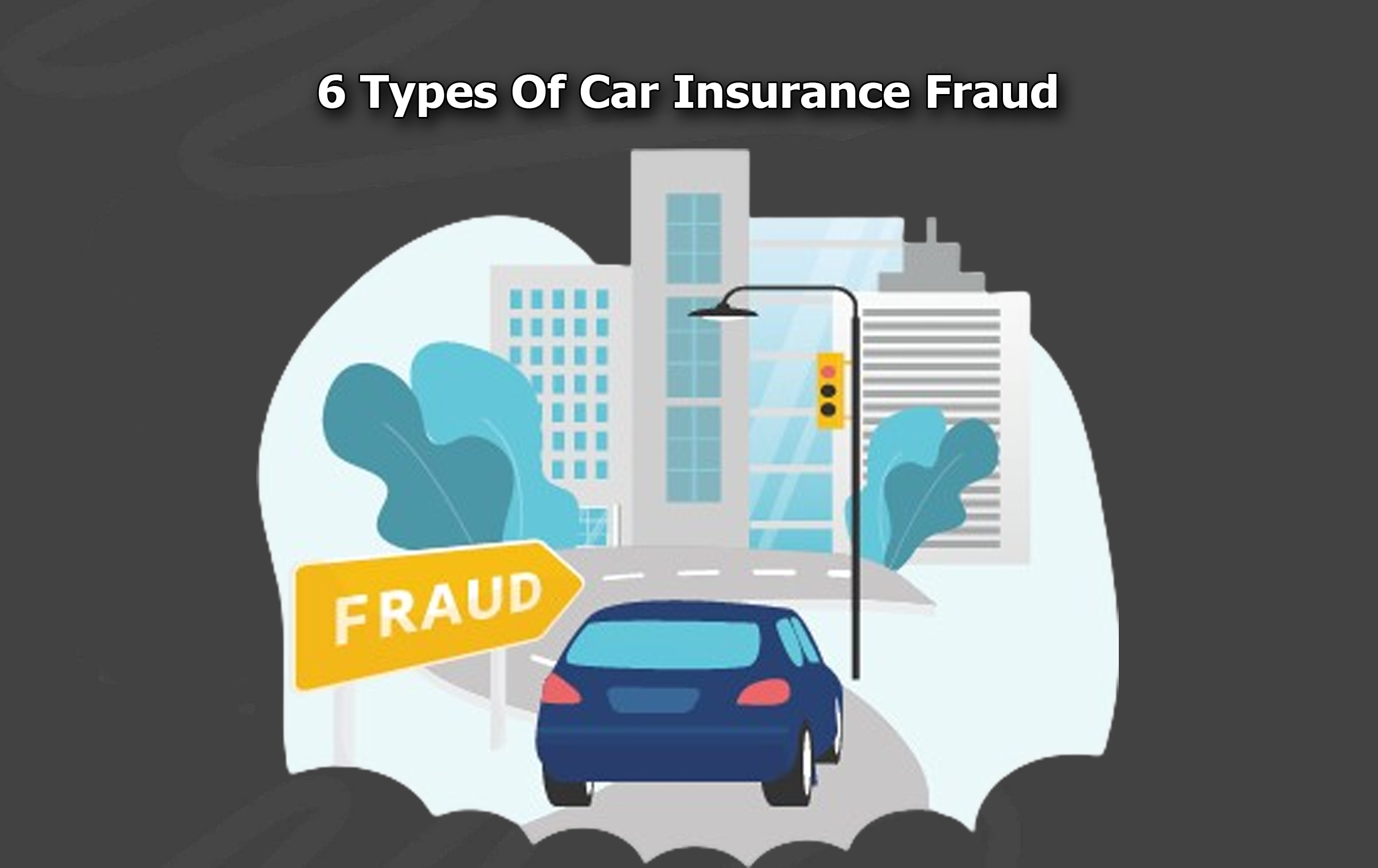
6 types of car insurance fraud – Car insurance fraud is a serious issue that costs insurance companies billions of dollars each year, leading to higher premiums for honest policyholders.

Furthermore, these fraudulent claims can take many forms, from staged accidents to exaggerated damages, and they not only affect insurance providers but also compromise the integrity of the entire industry.
As insurance fraud continues to evolve, companies and law enforcement agencies are constantly working to identify and prevent these deceptive practices.
6 Types Of Car Insurance Fraud
Understanding the different types of car insurance fraud can help drivers recognize potential scams and protect themselves from being victims or unwilling participants. These are some of the types of car insurance fraud:
Staged Accidents
Staged accidents are one of the most prevalent forms of car insurance fraud. Fraudsters deliberately cause or fake accidents to file insurance claims and collect payouts.
What’s more, these scams can involve multiple parties working together to make the accident appear genuine.
Some common staged accident scams include:
- The Swoop and Squat: A fraudster suddenly cuts in front of a victim’s car and then slams on the brakes, causing the victim to rear-end them.
- The Drive Down: A scammer waves at another driver to merge or turn, then intentionally collides with them, later denying ever giving the right of way.
- The Panic Stop: A driver carrying multiple passengers suddenly brakes without warning, leading to a rear-end collision, followed by exaggerated injury claims from all passengers.
These are some of the common instances of staged accident scams leading to car insurance fraud.
Exaggerated Or Inflated Claims
This type of fraud occurs when a policyholder has a legitimate claim but exaggerates the extent of damage or injuries to receive a higher payout. Some common examples include:
- A minor dent is reported as severe structural damage.
- Exaggerating medical expenses, such as unnecessary treatments or fake injuries.
- Claiming additional, unrelated damages that existed before the accident.
Insurance companies often investigate such claims through vehicle inspections, medical reports, and surveillance to detect inconsistencies.
Fake Or Phantom Vehicle Claims
In fake vehicle claims, the fraudsters report accidents that never happened or involve vehicles that don’t exist. These scams are difficult to detect but are commonly carried out by organized crime groups.
Some of their common tactics include:
- Submitting false police reports for non-existent accidents.
- Using fake vehicle registrations to claim damages.
- Reporting a stolen car that was never owned by the policyholder.
To prevent such fraud, insurers verify vehicle ownership records and analyze claim histories for suspicious patterns.
Faked Injuries And Medical Fraud
Faking injuries is another common tactic used to collect insurance payouts. More often than not, this involves medical professionals who collaborate with fraudsters to fabricate claims.
Their fraudulent injury claims can include:
- Submitting bills for medical treatments that were never received.
- Overstating the severity of injuries to increase compensation.
- Participating in staged accidents with pre-planned medical claims.
Additionally, medical fraud rings often operate by recruiting fake patients and working with dishonest doctors or physical therapists to create false medical records.
Vehicle Dumping Or False Theft Claims
Some policyholders attempt to defraud their insurers by getting rid of their own vehicles and then reporting them as stolen to claim insurance money.
Some of the typical scenarios include:
- Abandoning the car: The owner ditches the vehicle in a remote area and reports it stolen.
- Intentional destruction: The owner burns or damages the car and files a claim for theft or vandalism.
- Selling the car: The vehicle is sold illegally, often overseas, and then reported stolen.
With cases like these, law enforcement agencies and insurers work together to track suspicious theft claims using GPS tracking, security footage, and forensic analysis.
Premium Fraud
Premium fraud occurs when individuals or businesses lie about their circumstances to obtain lower insurance rates or evade payments.
Examples of premium fraud include:
- Providing a false address: Some drivers register their vehicles in areas with lower insurance rates, even though they live elsewhere.
- Failing to disclose high-risk drivers: Some policyholders hide information about household members with bad driving records to keep premiums low.
- Misrepresenting vehicle usage: Claiming a car is used only for personal reasons when it is actually used for commercial purposes.
Insurance companies combat these premium frauds by cross-checking records, using AI-driven analytics, and conducting random audits.
Frequently Asked Questions
What Are The Penalties For Committing Car Insurance Fraud?
Car insurance fraud is a crime and can lead to severe consequences, including hefty fines, jail time, and a permanent criminal record. Additionally, convicted fraudsters may also be blacklisted from obtaining insurance in the future.
How Do Insurance Companies Detect Fraud?
Insurers make use of various methods to detect fraud, such as AI-driven analytics, vehicle inspections, background checks, and surveillance. Also, they may collaborate with law enforcement agencies and fraud prevention organizations.
Can Someone Accidentally Commit Insurance Fraud?
Yes, unintentional fraud can occur if someone unknowingly provides false information on a claim. However, insurers may still penalize the policyholder, so it’s important to be truthful and accurate when filing claims.